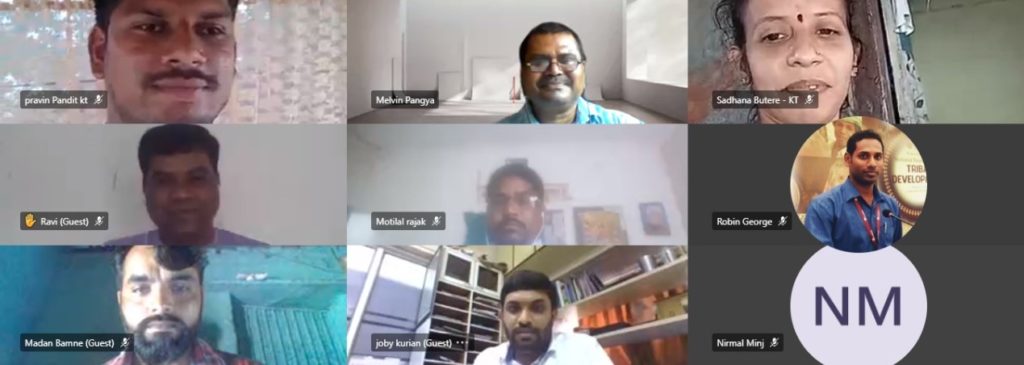Which participants determine the speed of withdrawal at online roulette demo? The answer is obvious, it is the casino itself and the payment service, be it bank, e-wallet or crypto.
Social Audit and instrument to bring change
Actions speak louder than words, Social Audit (SA) is a powerful tool measuring, understanding, reporting and ultimately improving an organization’s social and ethical performance.
A virtual workshop on Social Audit was organized for the programmes like Jeevan Empowering Animation, SABAL, WARM and Sanjivani DSSS Director and project staff members. A virtual workshop on Social Audit was organized for the Jeevan EA, SABAL, WARM and Sanjivani DSSS Director and project staff members.
More than 22 partner organization with 68 participants took an active part in the workshop. The workshop helped in increasing their knowledge and importance of Social Audit through a virtual training programme, facilitated by Mr. Melvin Pangya and Mr. Pravin Pandya.
Sharing of theoretical inputs along with practical social audit for the on-going project by the resource persons made the training programme more productive and motivating. Participants learnt the definition- “social audit much like the financial audit is an identification & examination of activities in order to access evaluate, measure and report their impact on the immediate social environment”.
Participants also increased their knowledge on the objectives of the Social Audit to promote transparency, increase participation, responsibility and ownership. They increased their understanding of the pragmatic social audit tools like the secondary review, group discussion, in-depth interviews, key informant interviews and public meeting. The major four important steps that require good social audit processes have been shared with participants based on the actual field experience. These four steps are- 1) preparatory step, which is basically informing the general public, 2) Plan before SA, basically the formation of various committees, 3) During SA. 4) after SA.
All the participants expressed that they would go back to their respective areas and share the learning with community members, and take a leading role to organize such exercises in the villages to know the impacts of the interventions that are carried out by Government and non-government agencies in the villages.
Copyright Caritas India 2013 ! Developed by Neural Info Solutions Pvt. Ltd.















































